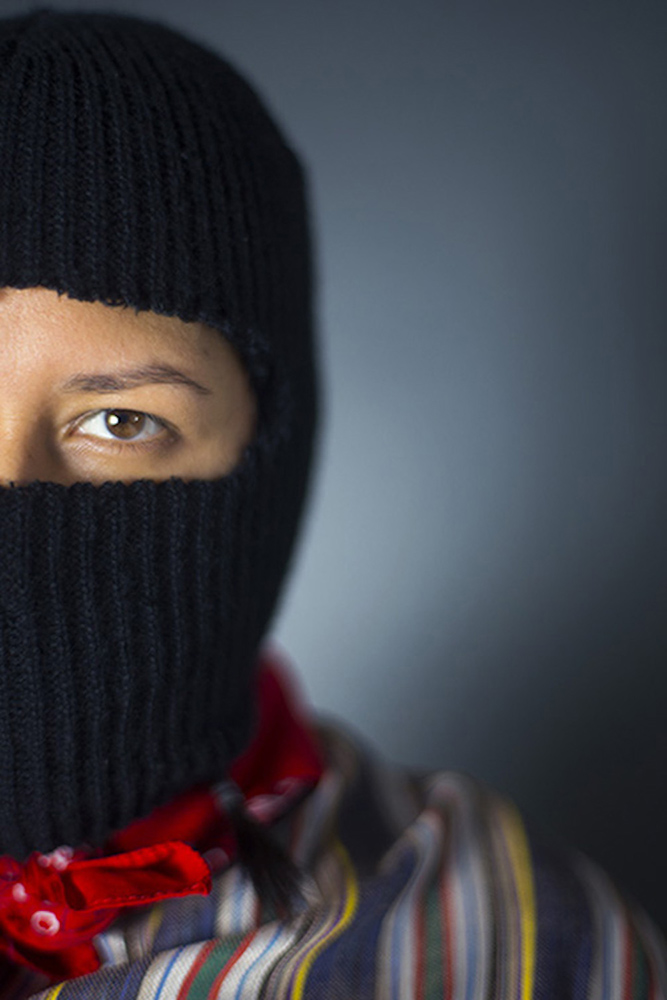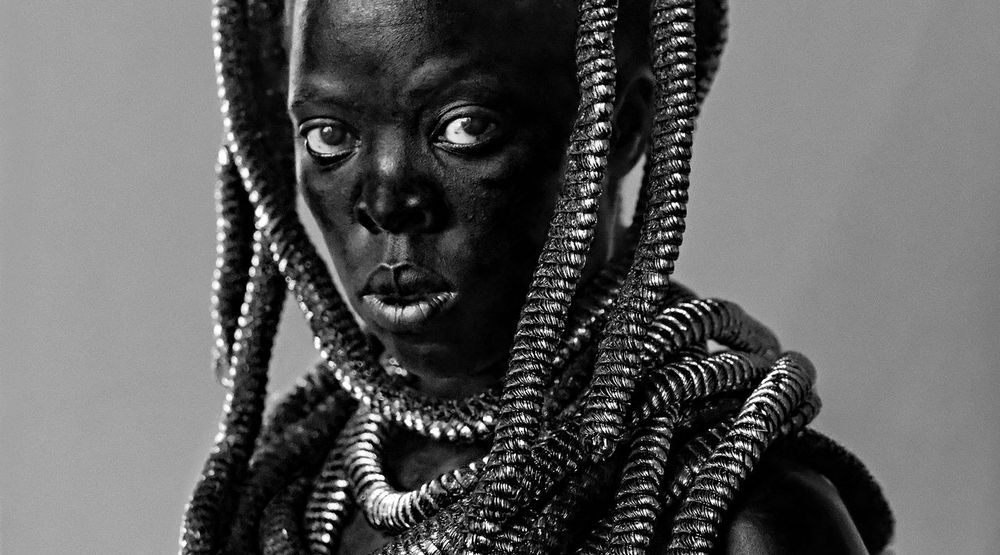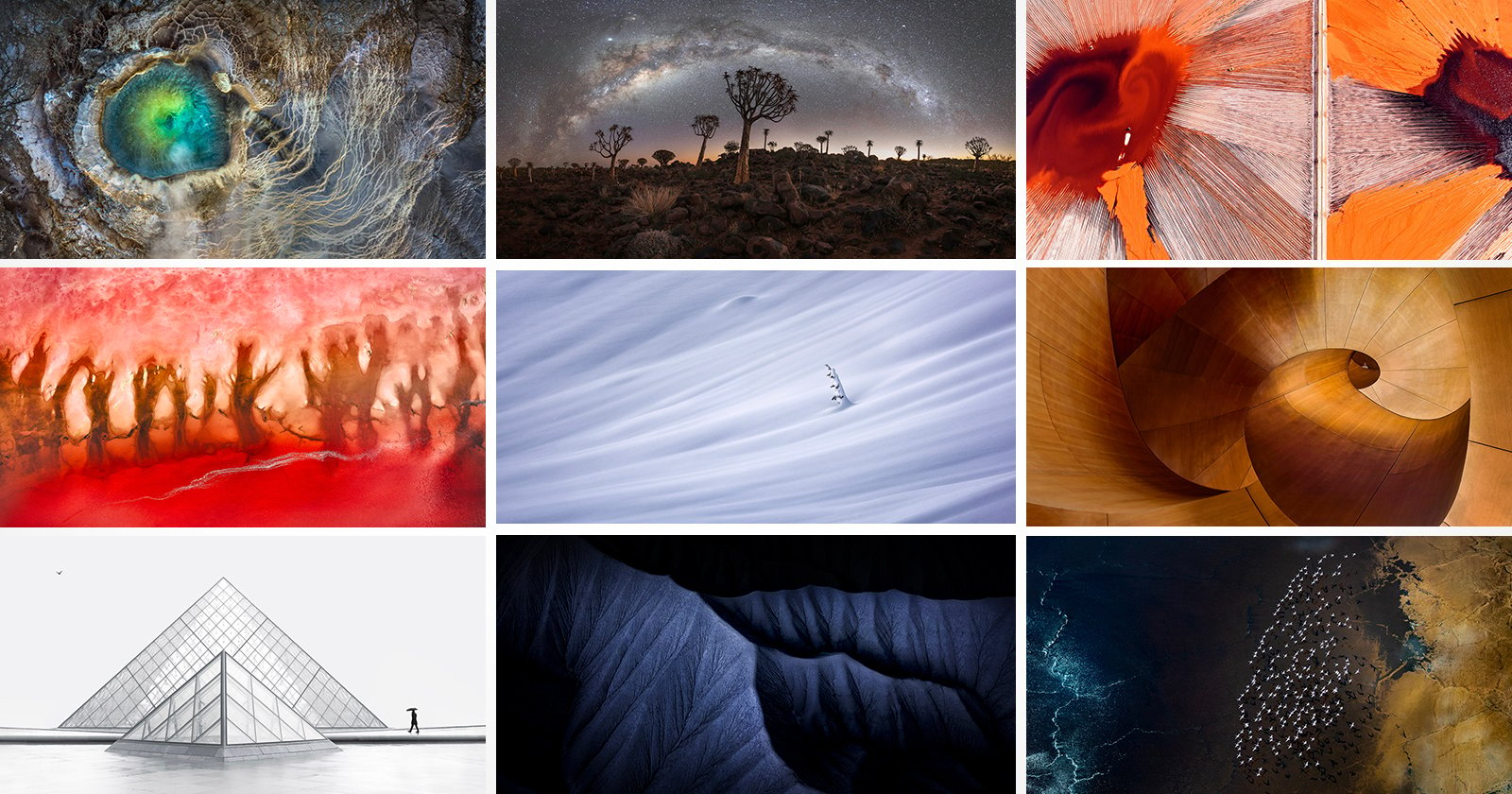
Claudia Lopez: Dualities - LENSCRATCH

In the West, Carolyn Drake Seeks New Expressions of American Identity

Brave Beauties: Zanele Muholi on Self-Portraiture - Photographs and text by Zanele Muholi | LensCulture
Juxtapoz Magazine - Sohei Nishino's City Maps Are Made From 1000s of Photos
